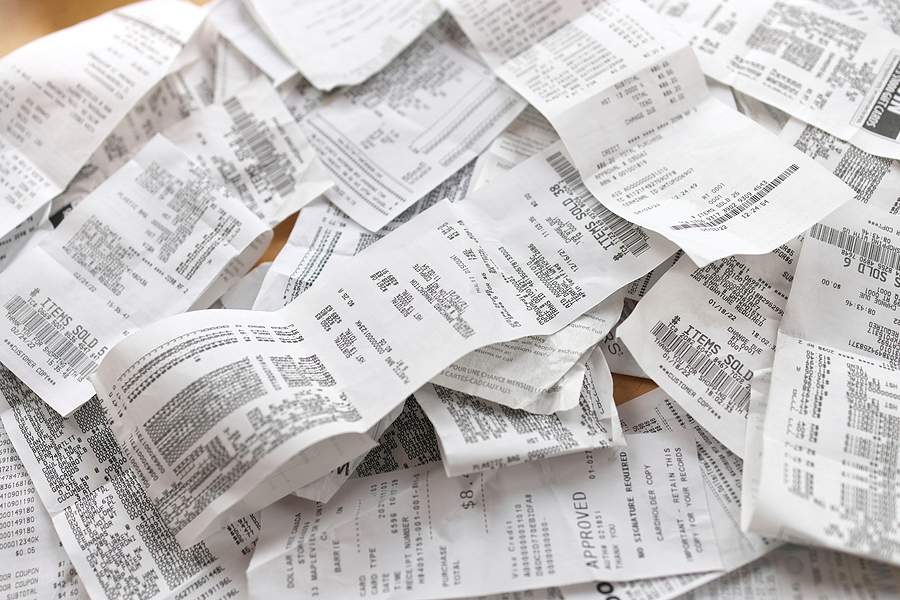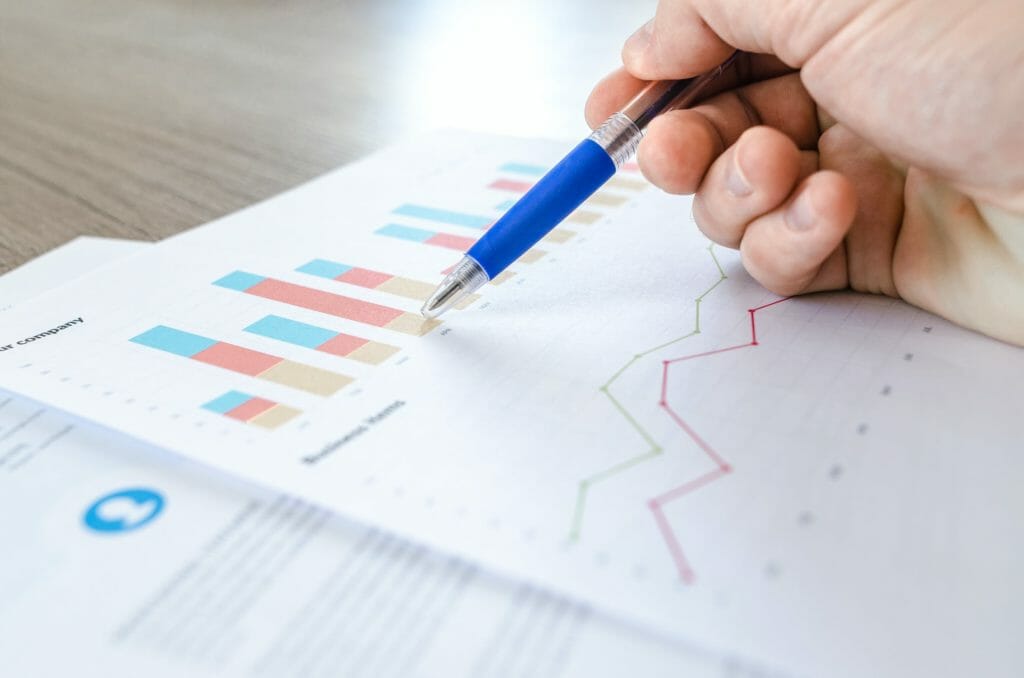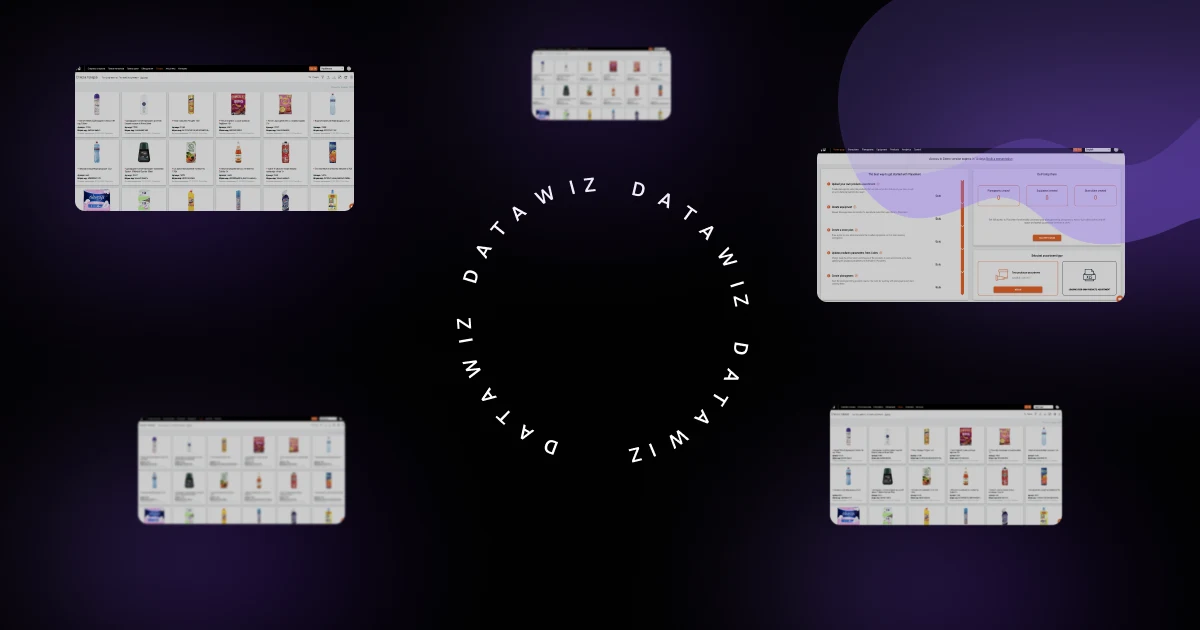How can you analyze the average receipt and why is it necessary?
For a data-driven approach to decision-making, it is important to evaluate various indicators and metrics of chain business processes. Each of them has its purpose and the best prerequisites for analysis.
Today, in the context of the crisis and the decrease in the solvency of the population, an important parameter for chain owners is the average receipt.
The average receipt is an indicator that allows you to evaluate the success of the chosen strategy in the chain. It can tell a lot about a business:
- how attractive the product assortment is;
- whether the chain's pricing policy is effective:
- who your customers are and how much money they are willing to spend in the stores of the chain;
- whether the layout of goods on store shelves is successful;
- how competently the marketing and merchandising processes are organized;
- what products are characterized by the seasonality of sales;
- whether the conditions of the loyalty program and promotional offers are effective;
- whether sellers and cashiers of the store do their work well;
- whether the navigation on the trading floor is successfully configured.

One-time calculation of the average receipt is not informative. To identify insights, you need to analyze this metric regularly (monthly or weekly). So you can build a business development strategy.
How to calculate the average receipt?
The average receipt is an indicator that shows how much money a customer spends on average per purchase.
Average Receipt = Sales value ÷ Receipt Qty
Note!When calculating this metric, it is necessary to take into account the receipts qty, and not the product qty sold to the client. It does not matter how many positions will be in one transaction.
For example, in a month the store received sales value of sold products are $12,000. A total of 340 purchases were made (the qty of receipts).
Average Receipt = 12000 ÷ 340 = $35.30

How to analyze the average receipt?
To increase the information content of the analysis of the average receipt, we recommend that you follow the following rules:
1. Estimate the dynamic of the average receipt.The static value of the average receipt is unlikely to be useful for the chain. For a better understanding of the effectiveness of sales and assortment policy, it is necessary to determine the changes in the indicator through time.
❓❗ If the average receipt decreases for several months, then this is an alarming sign for the chain and you should check the quality of the work of employees and the effectiveness of marketing activities. The reason for this situation may be a decrease in customer loyalty and the loss of the chain's position in the market.
✅ If the average receipt tends to grow, then this is a good sign that the assortment, pricing, and marketing policies are chosen correctly and give the desired result.
2. Analyze the average receipt by categories/brands/products.It is important to evaluate the average receipt not in general for the store, but in more detail - by category/brand/product. This will allow you to understand what amount of sales value a specific commodity item brings to the chain. Such information is useful for the formation of the most profitable assortment policy, the development of promotions, and marketing activities to increase the interest of buyers.
Note! The average receipt in the context of categories/brands/products has its characteristics.
Average receipt by category = Sum of the sales value of receipt with category/ Number of receipt with category
For example, if during the month products in the category "Drinks" were included in 120 receipts and the value of these receipts (together with other products) was $4,000, then the average receipt for this category would be $33.33.
3. Estimate the average receipt for products of the same price category. Information will be more objective if you calculate the average receipt for goods that are in the same price range. In such cases, it is possible to avoid the distortion of the indicator due to the inclusion of premium category products in the receipts, or vice versa - economy class products. Therefore, you need to rank products by price, and then analyze their average receipt. This will also determine the solvency of buyers and their willingness to buy expensive products.
4. Calculate the average receipt for promotional products. One of the indicators of the success of promotion is the average receipt. It allows you to assess how much the proposed offer interested buyers and brought the company revenue. The obtained insights can be used in the development of future marketing activities and achieve better results.
5. Analyze the average receipt for individual loyalty program customers. One of the tasks of analyzing the average receipt is to understand who are the chain's buyers, and how much they spend on average when making one purchase. Therefore, after customer segmentation (RFM grouping, the division into new and regular clients, by share in sales value/profit, etc.), you should analyze the average receipt and its dynamics in each group. In this way, you can understand the purchasing behavior of customers, assess the level of loyalty to the chain, understand how you can interact with them, and influence the increase in the frequency and value of purchases.
Average receipt in BES.Datawiz platform solutions
The BES.Datawiz analytical platform will allow you to quickly and accurately calculate the average receipt for different intervals and with the required detail.
In the reports of the BI.Datawiz solution, you can:
- calculate the average receipt for categories/brands/products;
- analyze the indicator for the required period - day, week, month, etc.;
- evaluate the average receipt of customers of the loyalty program or their groups;
- track the dynamics of average receipts using interactive visualizations;
- set goals for the average receipts and monitor their achievement.
Using built-in smart algorithms, you can quickly process chain Big Data and get accurate average receipt values in the right context. This will allow you to avoid errors in calculations, reducing the cost of collecting and processing data, obtaining insights, and promptly responding to identified "gaps" in the chain.
 What's new?
What's new?





 No credit card required
No credit card required